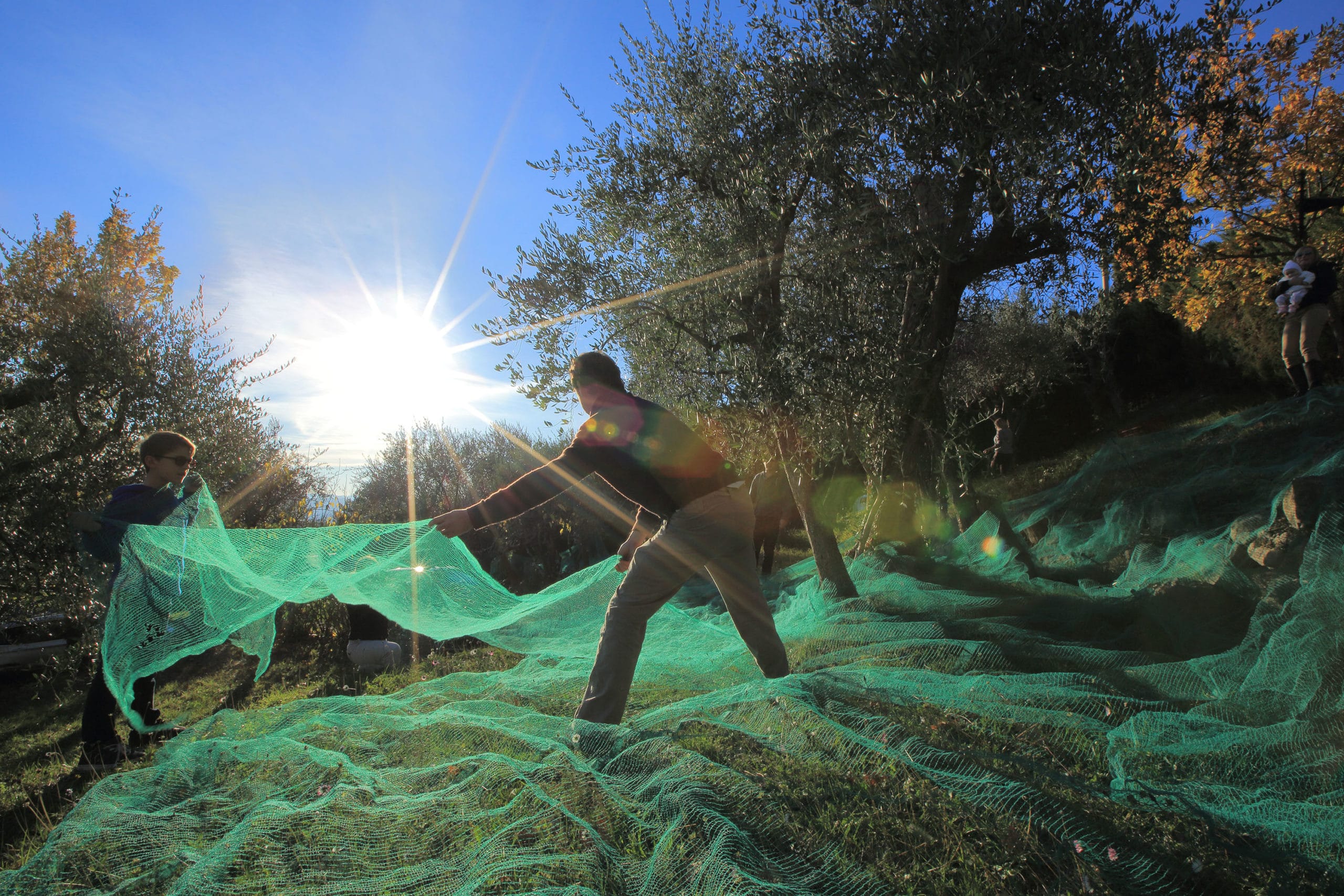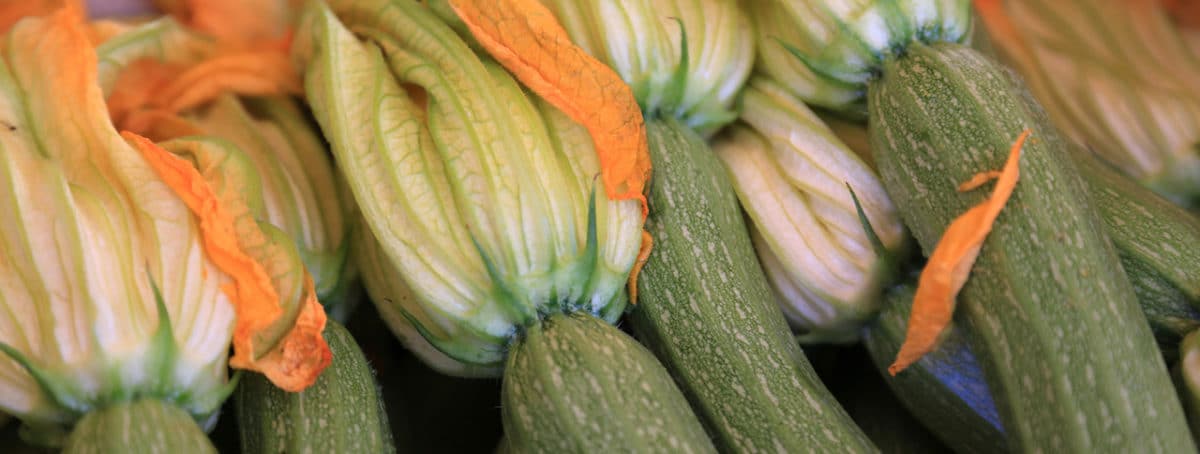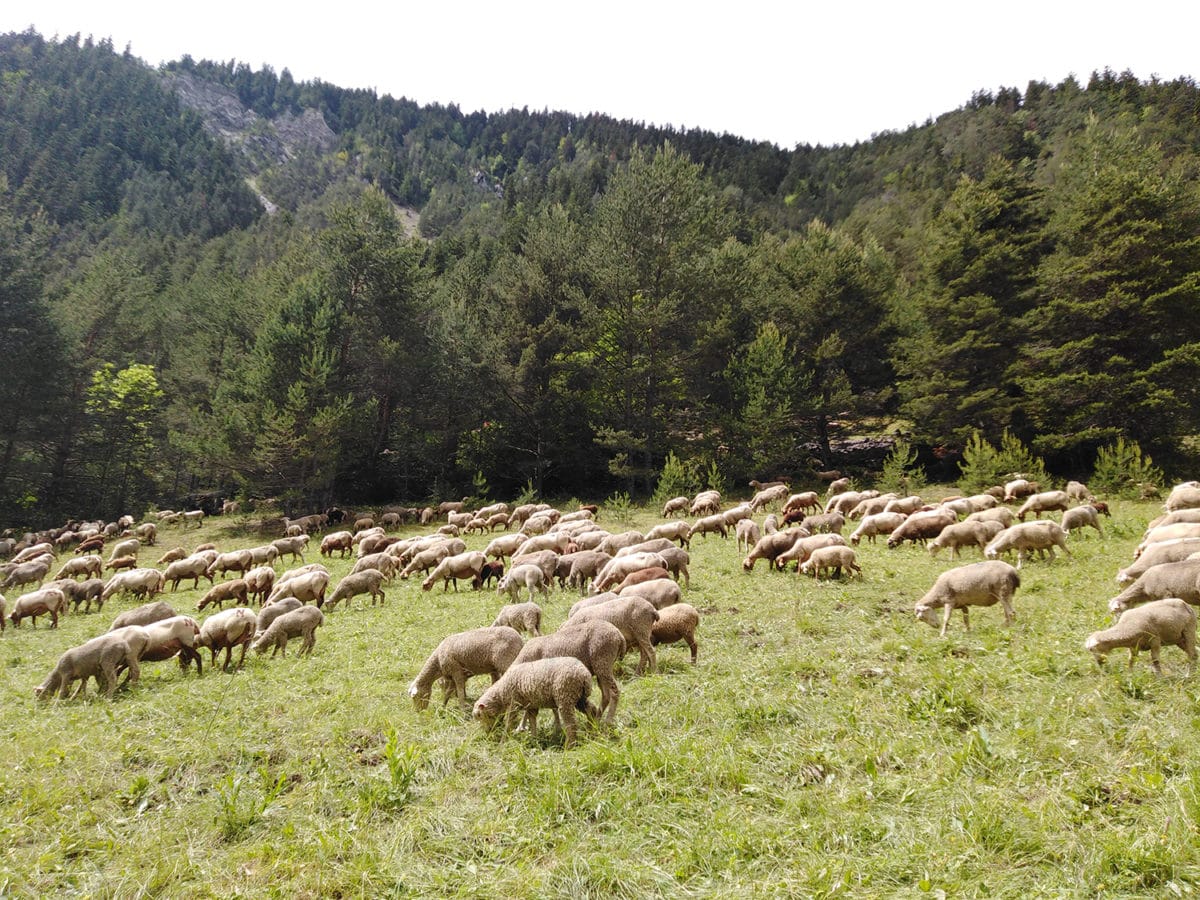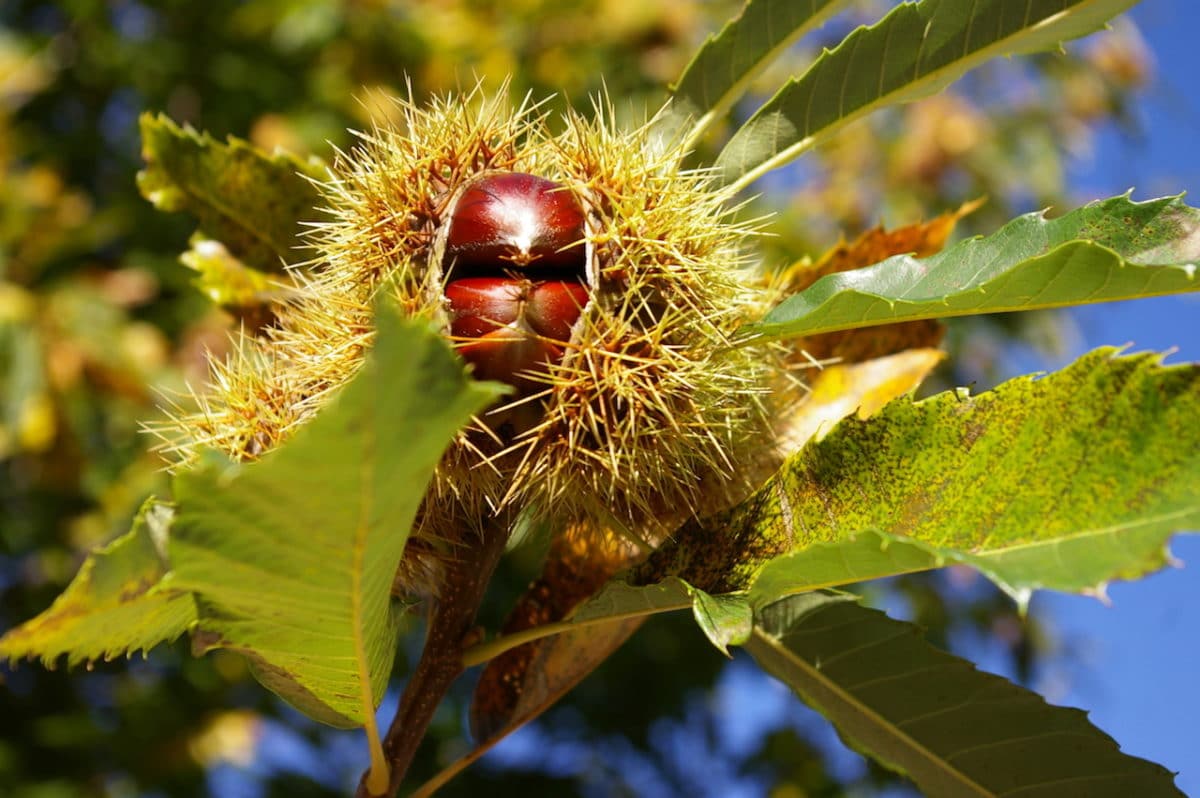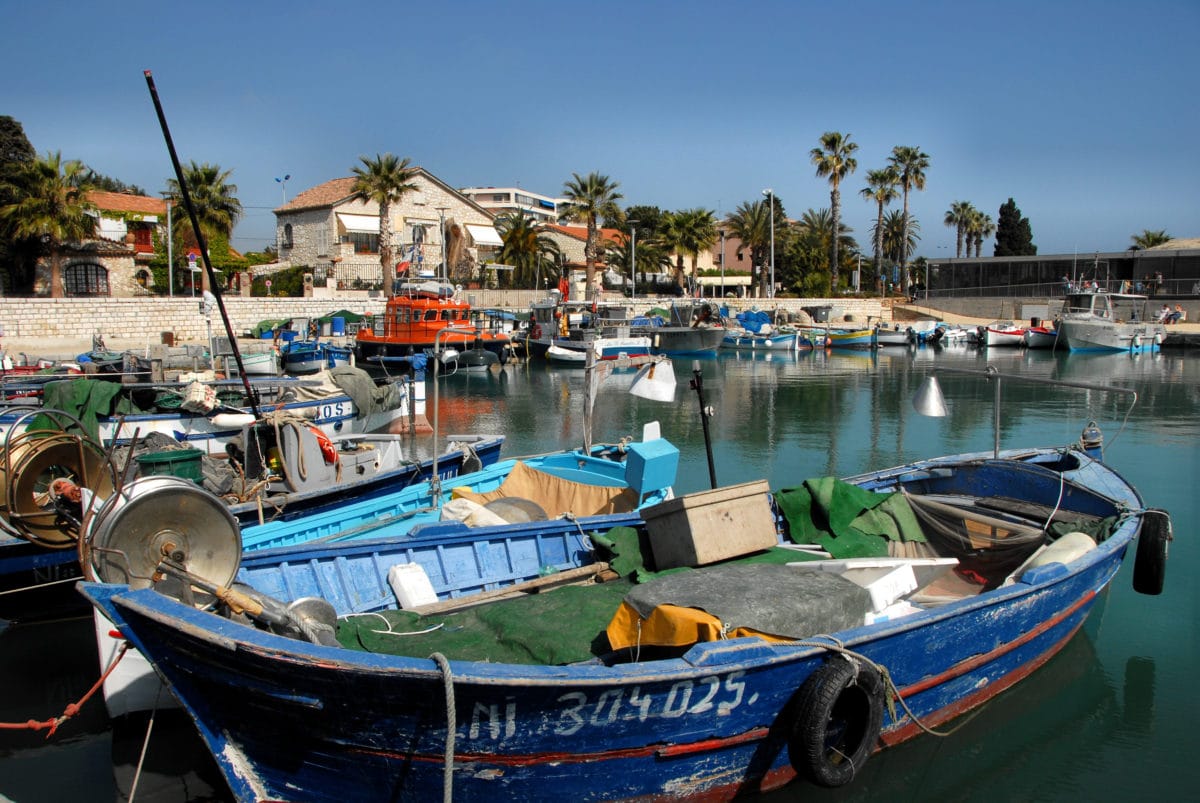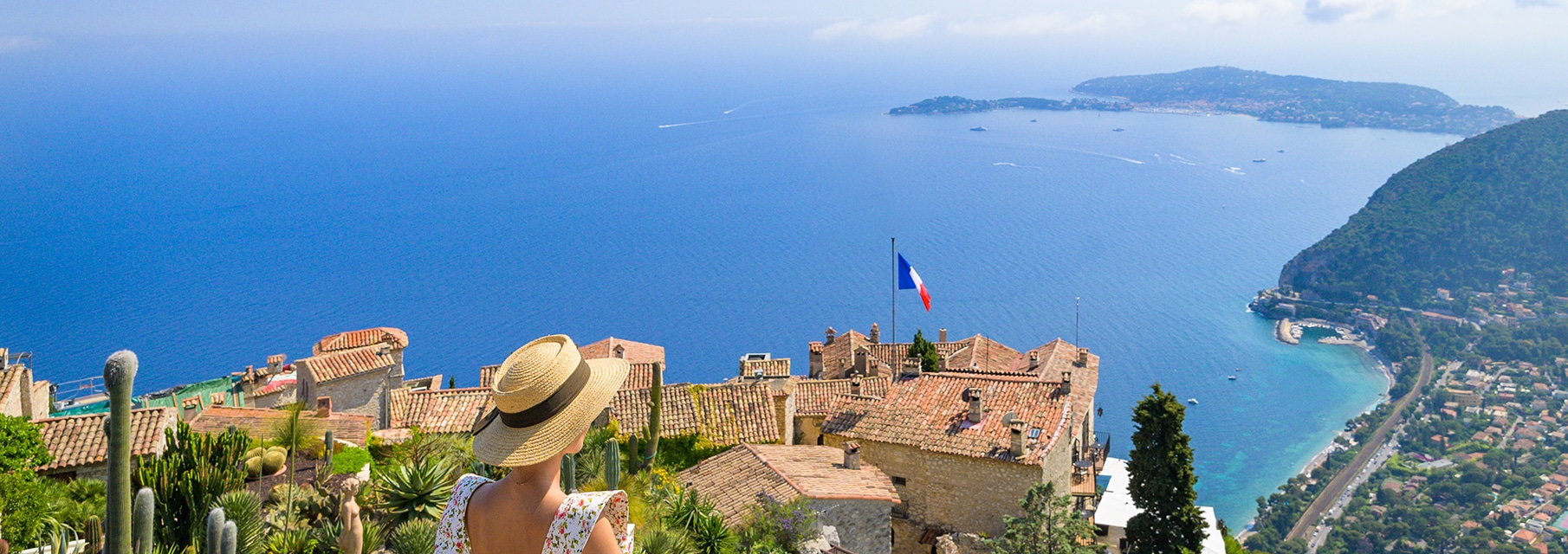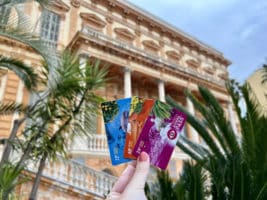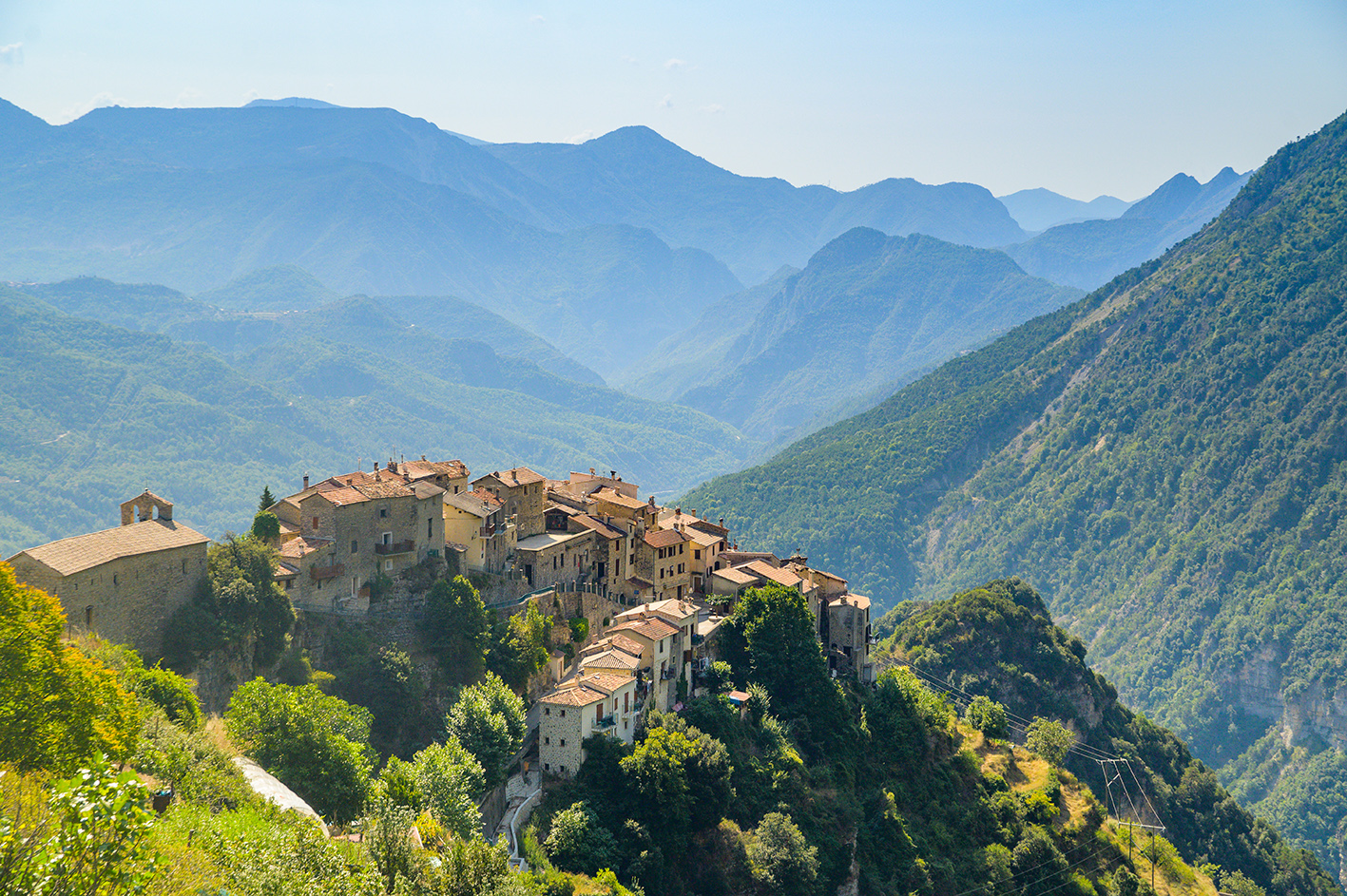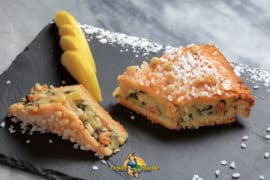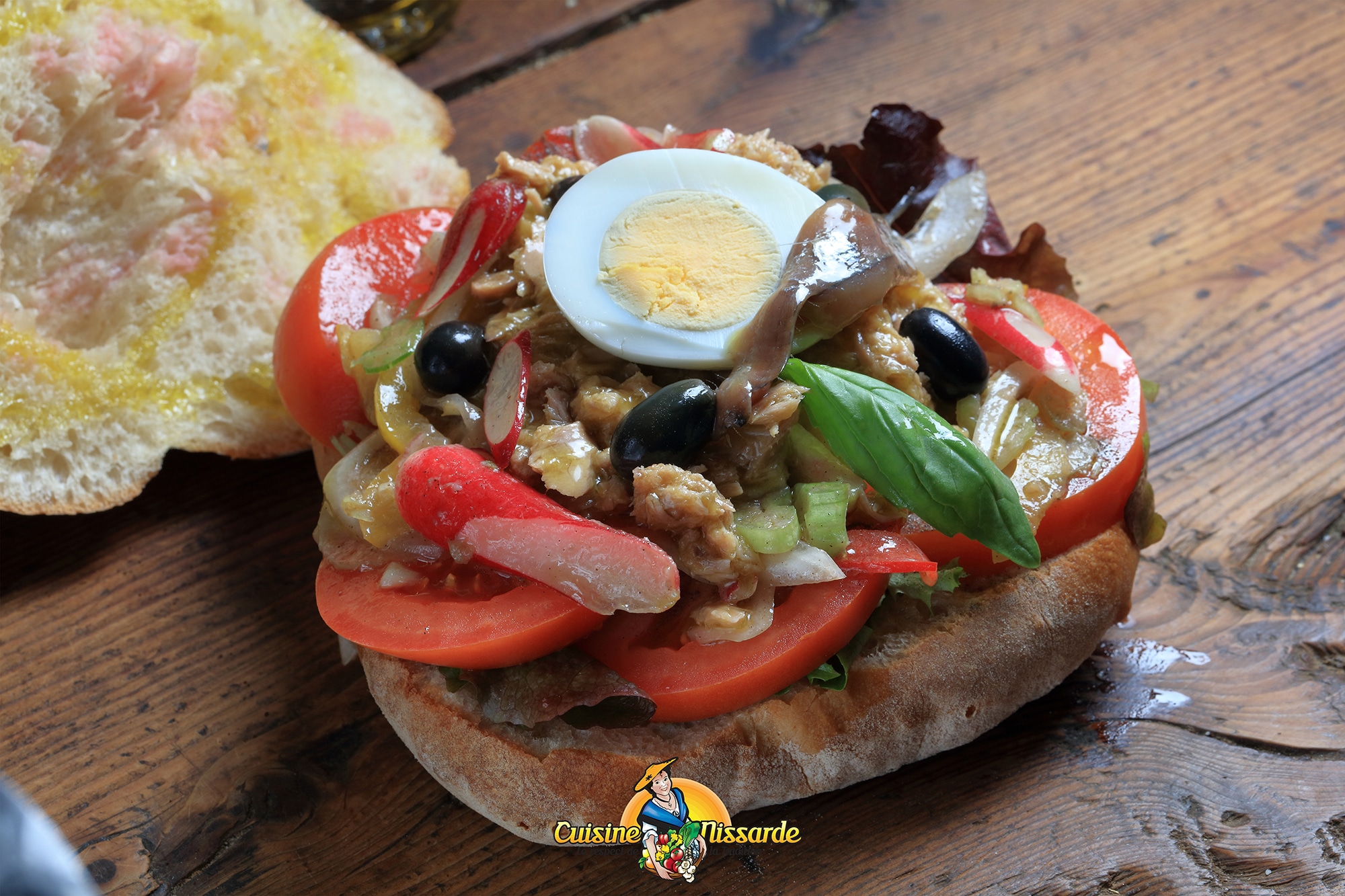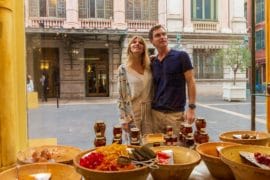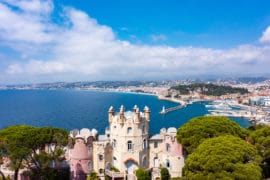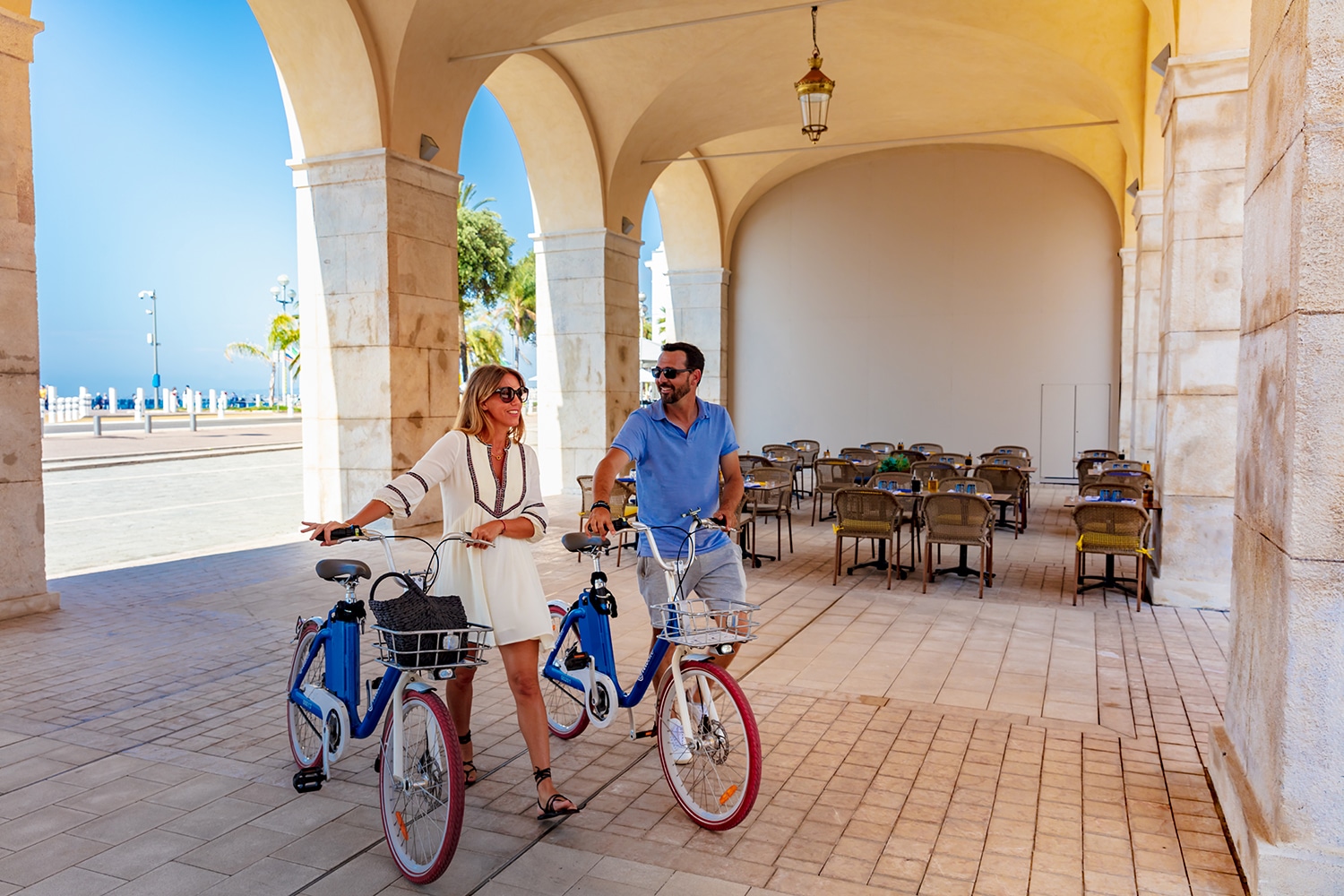Olives, the green gold
1 October 2023
Present for more than two millennia, the olive tree has found, on the Nice Côte d’Azur territory, all the elements favourable to its expansion. Nicknamed the “Green Gold of the Mediterranean”, the oil extracted from it has been used since the dawn of time for all the needs of daily life: food, food preservation, cosmetics, medicine or even lighting.
Nowadays, olive oil is an integral part of the gastronomy and culture of Nice. We invite you to discover more about this vegetable oil with its innumerable virtues and the know-how behind its production.
1 – The olive tree, an age-old treasure
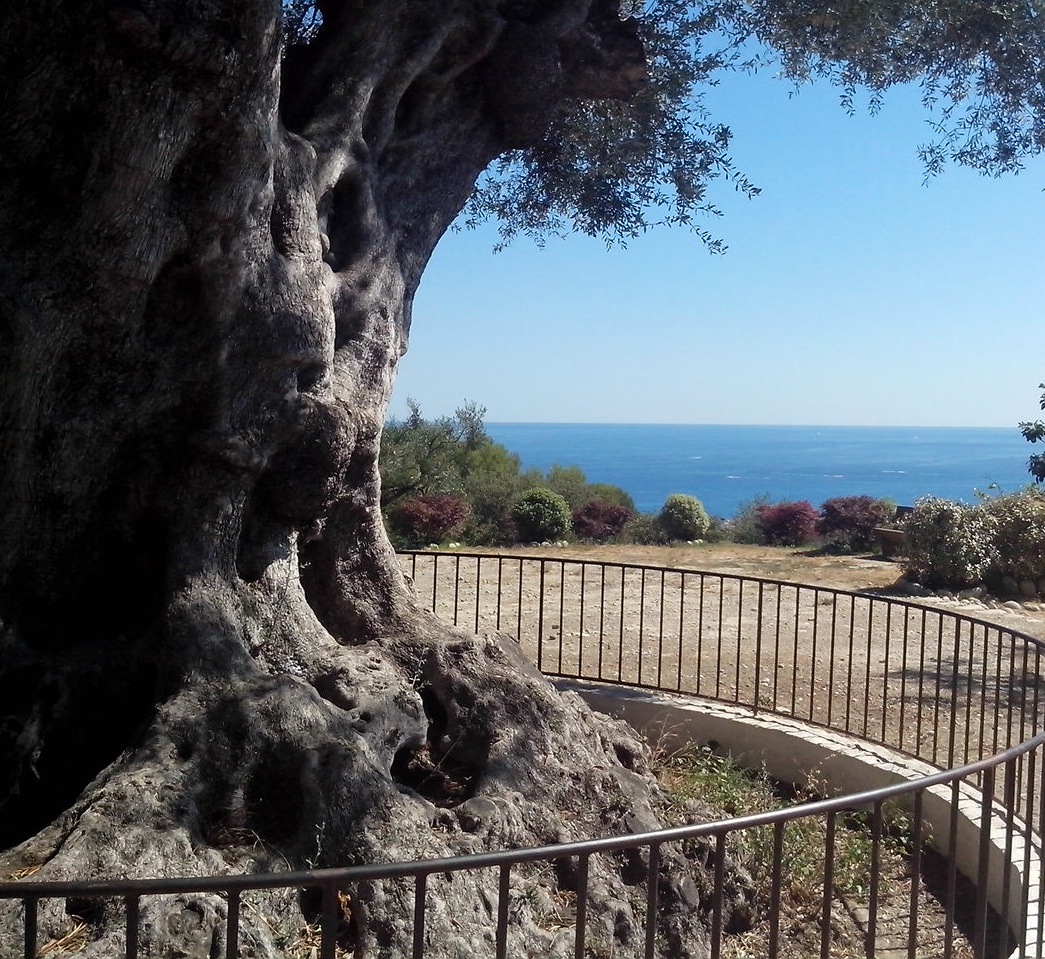
Let’s start our olive-growing journey at the source, the olive tree, emblem of many Mediterranean civilizations. It symbolised life, eternity, strength and peace.
And we understand why when you go to the departmental park of Estienne d’Orves, one of the many olive groves that make up the landscape of the hills of Nice, located in the heart of the city. You will find many specimens there, including a thousand-year-old olive tree (photo opposite). It makes you feel very small…
Take the time to admire the gnarled roots, the massive trunk with its peculiar roughness, the foliage set with small green leaves that almost turn silvery grey when the wind makes them undulate. You will be amazed at the strength that emanates from this tree that has survived through so many eras… It gives you food for thought… Take advantage of this opportunity to admire the view of the sea from the heights of the park.
Did you know?
Nice Côte d’Azur cultivates a very particular variety of olive tree called “cailletier”. Black once matured, the “caillettes” are labelled with a Protected Designation of Orgin or PDO (olives from Nice, olive oil from Nice and olive paste). It takes 4 to 10 kg of olives to make one litre of oil.
2 – Olive growers, passionate professionals
Let’s continue this journey by going to meet those who know best these ancestral trees typical of the Mediterranean, the olive growers.
True enthusiasts, they will make you discover their trade. Several fields open their doors to visitors in order to pass on their knowledge, experience or even anecdotes. They will be happy to help you discover the special sensitivity of their trees or the way they care for them.
Here is an exhaustive list of several estates that are part of the Olive Roads. All of them have a PDO, whether on the olives, the oil or even the olive paste they make.
• The Domaine Christian Camerini à Saint-Martin-du-Var offers a visit of its olive grove followed by a small tasting of its products: olive oil and olive paste. For the more adventurous, you will have the possibility to pitch your tent on the reserved area in the middle of the hundred-year-old trees.
• The Domaine de la Source à Nice will welcome you for a visit followed by a tasting of its certified organic products. You will also have the opportunity to taste the Vin de Bellet, a very good wine produced on the estate. From Monday to Saturday without appointment.
• The Domaine du clos Vincent à Nice also offers organic products as well as a tour of the grounds and Vin de Bellet.
• The Oliveraie de la Sirole à Colomars after a stroll among the plants, take the opportunity to stop at the estate’s restaurant, nestled among the trees, lost in nature. Typical Nicoise cuisine will be proposed to you, accompanied and sublimated by the olive oil of their production of course!
Don’t forget to inform the producer of your visit so that he can welcome you in the best conditions.
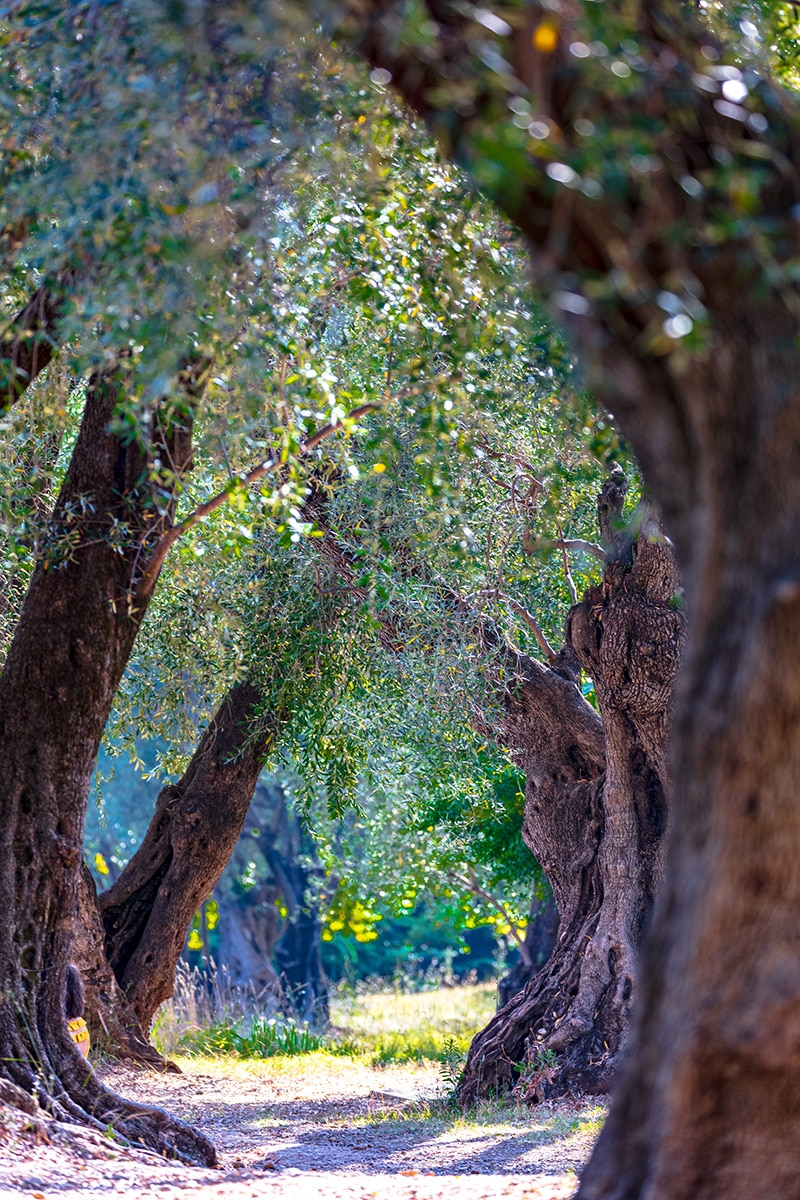
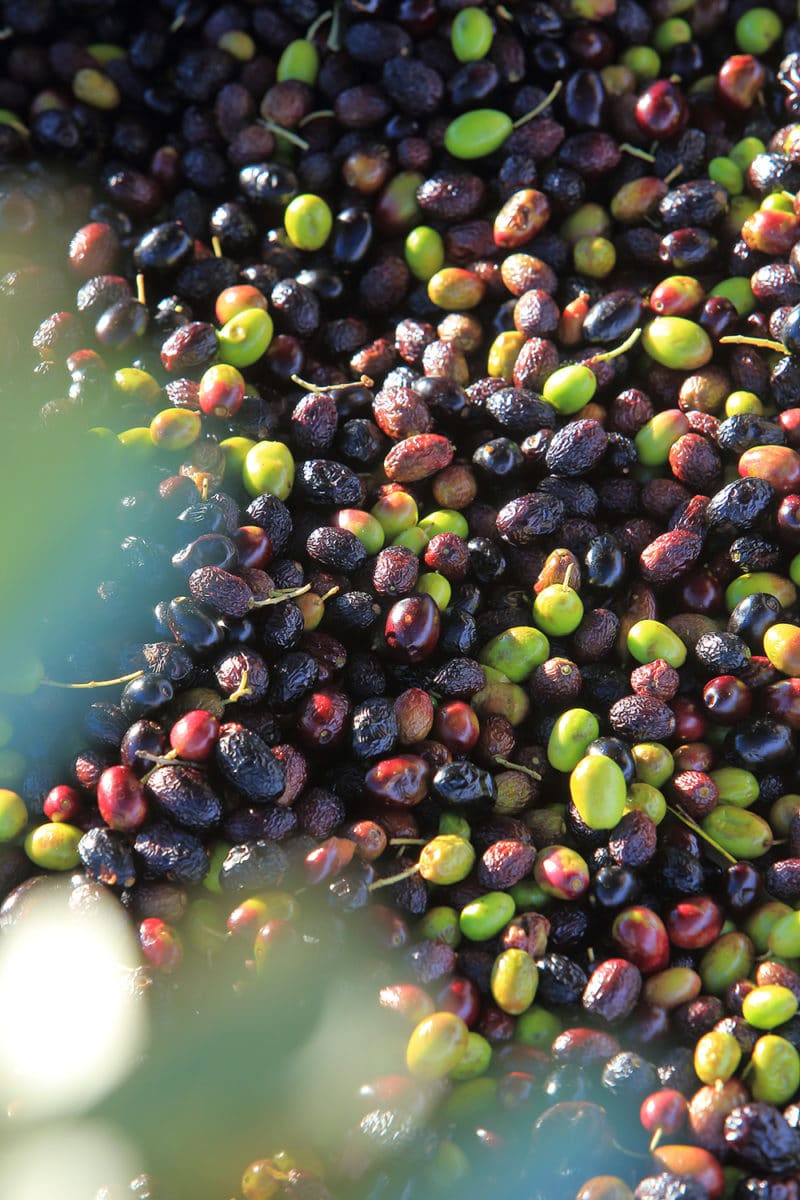
3 – Mills and cooperatives
The producers will surely be delighted to tell you about the Harvest with a capital H, the one they so eagerly await throughout the year and which takes place in the heart of autumn, by gaulage. They then transport the olives to the different cooperatives.
Their mills are used to press the olives in order to extract the precious nectar. There are several mills in the metropolitan area, some of which have a double function, that of pressing olives as well as wheat.
One of them, which is still in operation, has been running since 1650 and produces “PDO” oil, often awarded “Gold”, table olives, olive paste and tapenade. It is the Moulin de Castagniers, one of the most famous mills in the region (open from 8:30 to 17:00). By pushing its doors, you will have access to an explanatory visit of the mill, an exhibition of photographs followed by video broadcasts, a visit to the museum of the old mill, a tasting including that of the famous brissaouda (bread rubbed with garlic sprinkled with olive oil, a delight!) and olive products in the shop. But other mills, using the same technique known as “gênoise” will offer you visits and explanations, as well as the possibility of leaving with their products. It is your basket that will be happy!
Other cooperatives and mills:
Coopérative Oléicole of Gilette (9:00 – 17:00), rue Pierre Niel 06830 Gilette, tel : +33 (0)4 93 08 44 30
Moulin communal of Bonson Place Désiré Scoffier 06830 Bonson, tel : +33 (0)4 93 08 51 71
Coopérative of Cros d’Utelle 06450 Utelle, tel : +33 (0)4 93 08 08 05
Coopérative oléicole of Levens 06670 Levens, tel : +33 (0)4 93 91 61 16 / +33 (0)4 93 91 38 08
Moulin Alziari Nice (14:00 – 15:00 by appointment). In addition to discovering how the olive is crushed to become oil, you will also have the opportunity to browse the aisles of the shop. It offers a whole range of products related to olive oil: from oil preserved products (tomatoes, tuna, etc.) to olive oil soap.
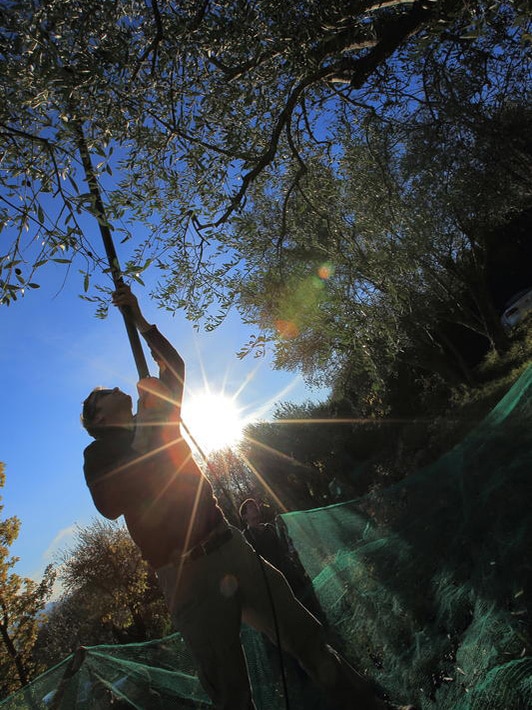
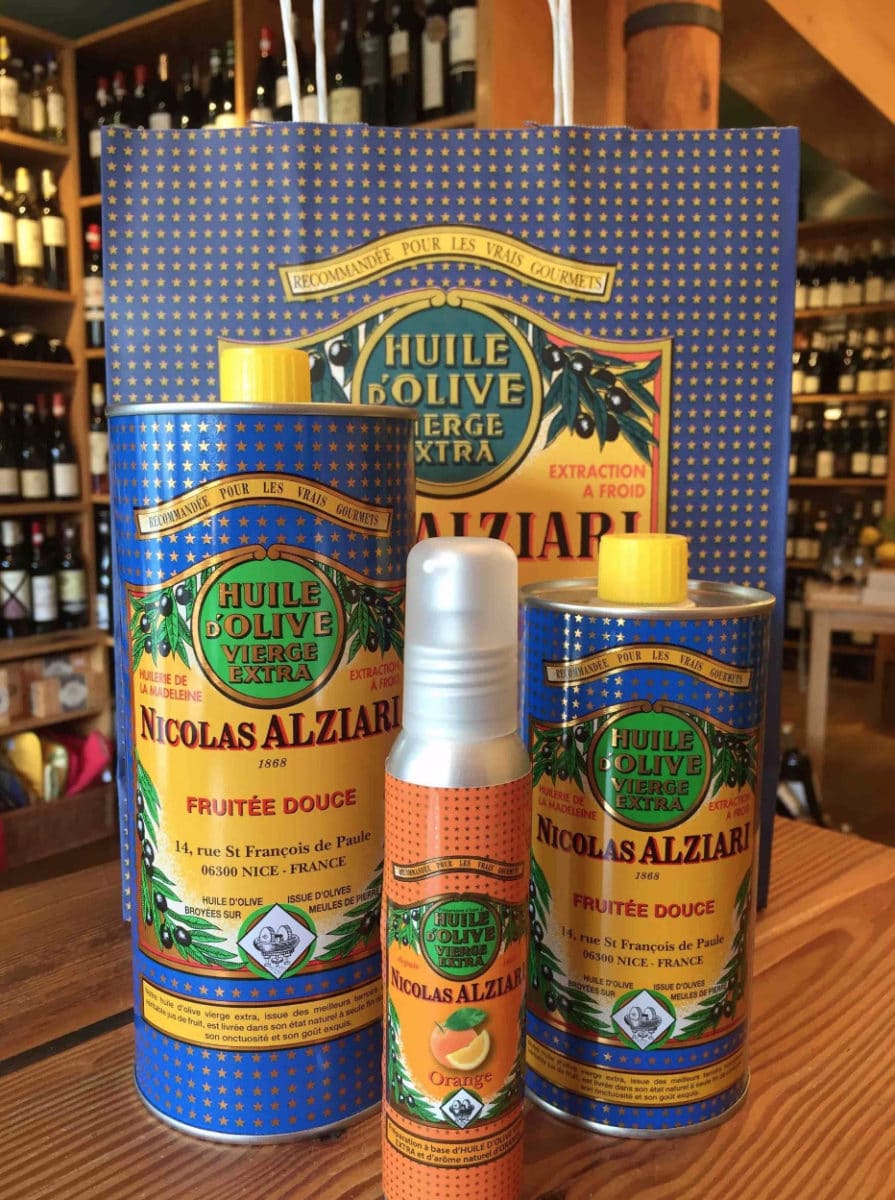
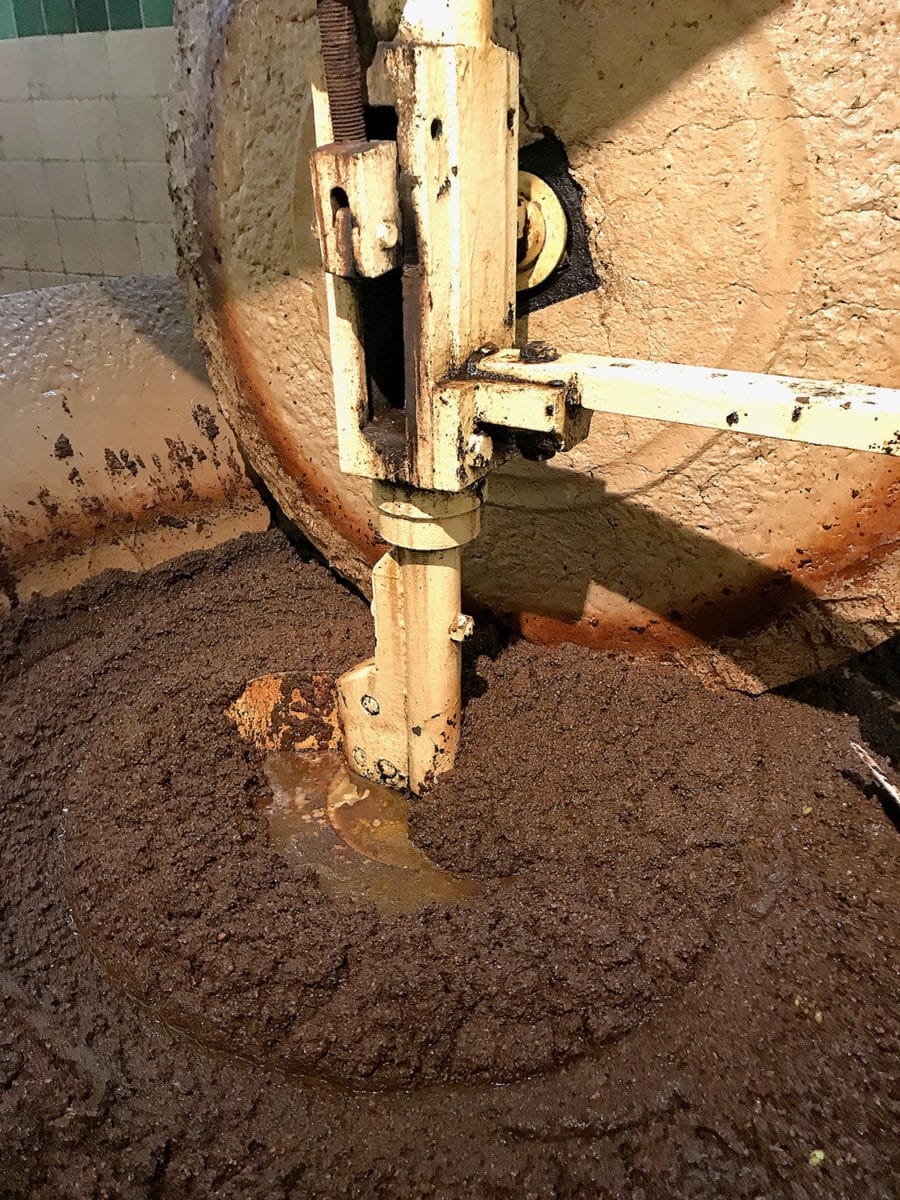
Ethnographic Museum of the olive tree
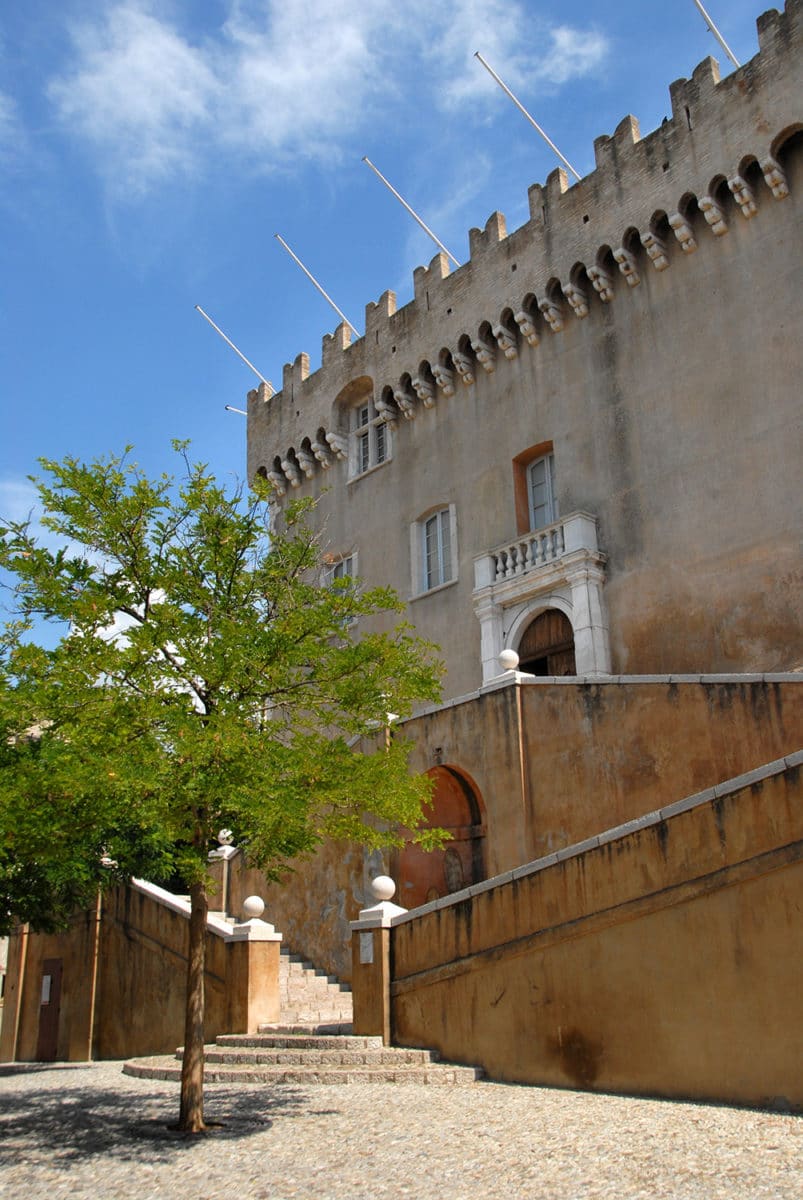
In Cagnes-sur-Mer, there is an ethnographic museum of the olive tree.
This collection will allow you to see everything related to olive oil, from its manufacture (mill), its conservation (jar) to its use (oil lamp). You will even find a large number of objects made from olive wood. You can also take the opportunity to admire the exceptional setting of Grimaldi Castle, a true medieval jewel.
Open every day except Tuesday from 10:00 to 12:00 and from 14:00 to 17:00.
4 – Olive oil, an essential ingredient in the Niçoise cuisine!
And to finish this trip, what better way to end it than to note the importance of olive oil in Mediterranean cuisine. It is used in all culinary preparations as well as aromatic plants such as basil, garlic, thyme or rosemary…
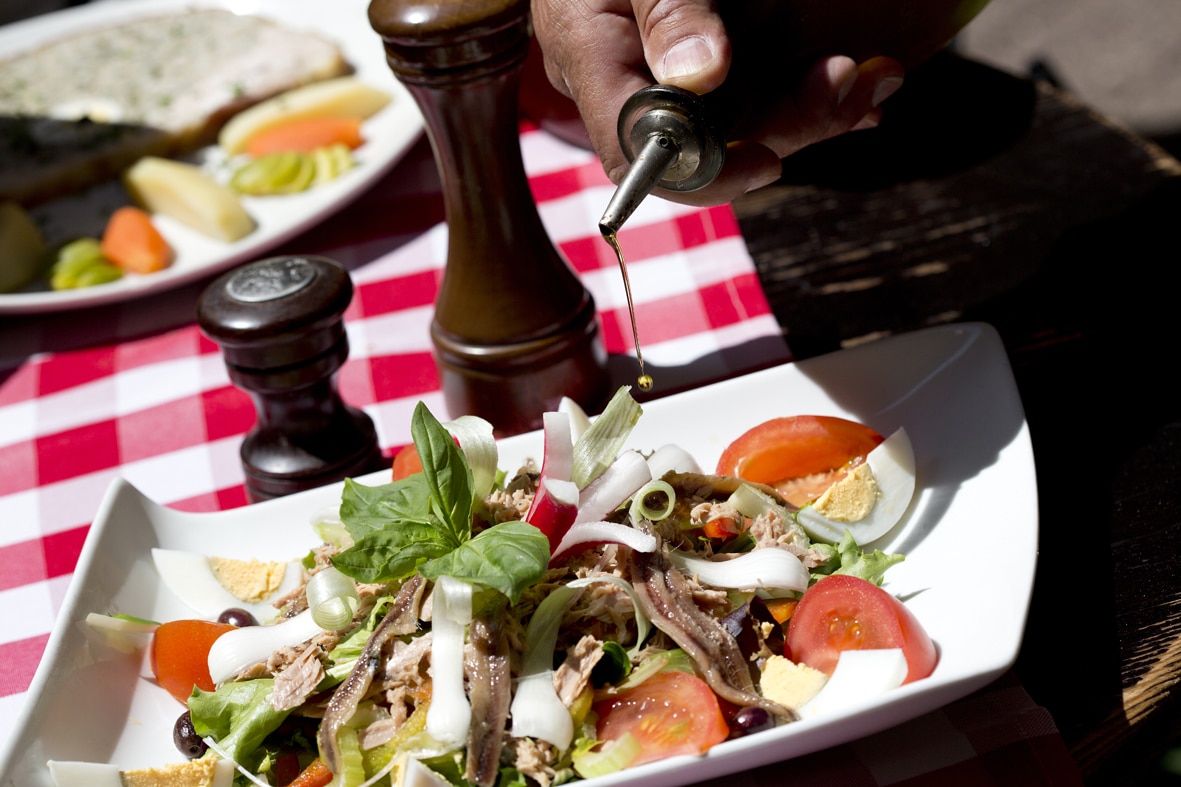
The cuisine of Nice has its own label “Cuisine Nissarde“, attesting to the respect of tradition in its recipes. You will find just here a list of restaurants with this consecration, which will be happy to make you taste all the Niçois dishes that sublimate the olive in every way.
Small stuffed vegetables, mesclun, courgette flower fritters, bagna cauda, estocaficada, ravioli, salade niçoise, pissaladière, pan-bagnat, pistou, ratatouille and much more … all washed down with the famous Bellet wine…
Did you know?
Don’t confuse “olive paste” and “tapenade”, otherwise you might offend lovers of Nice’s cuisine. Olive paste is made from crushed olive pulp, with no other additions. Tapenade is a paste made from olives and capers, to which anchovies are sometimes added. The table olives, made in a brine of salt water and the tapenade are the indispensable part of the Nice aperitif.
The Nice olive and its oil bring sunshine to your plate and to your life! To be enjoyed without moderation!


